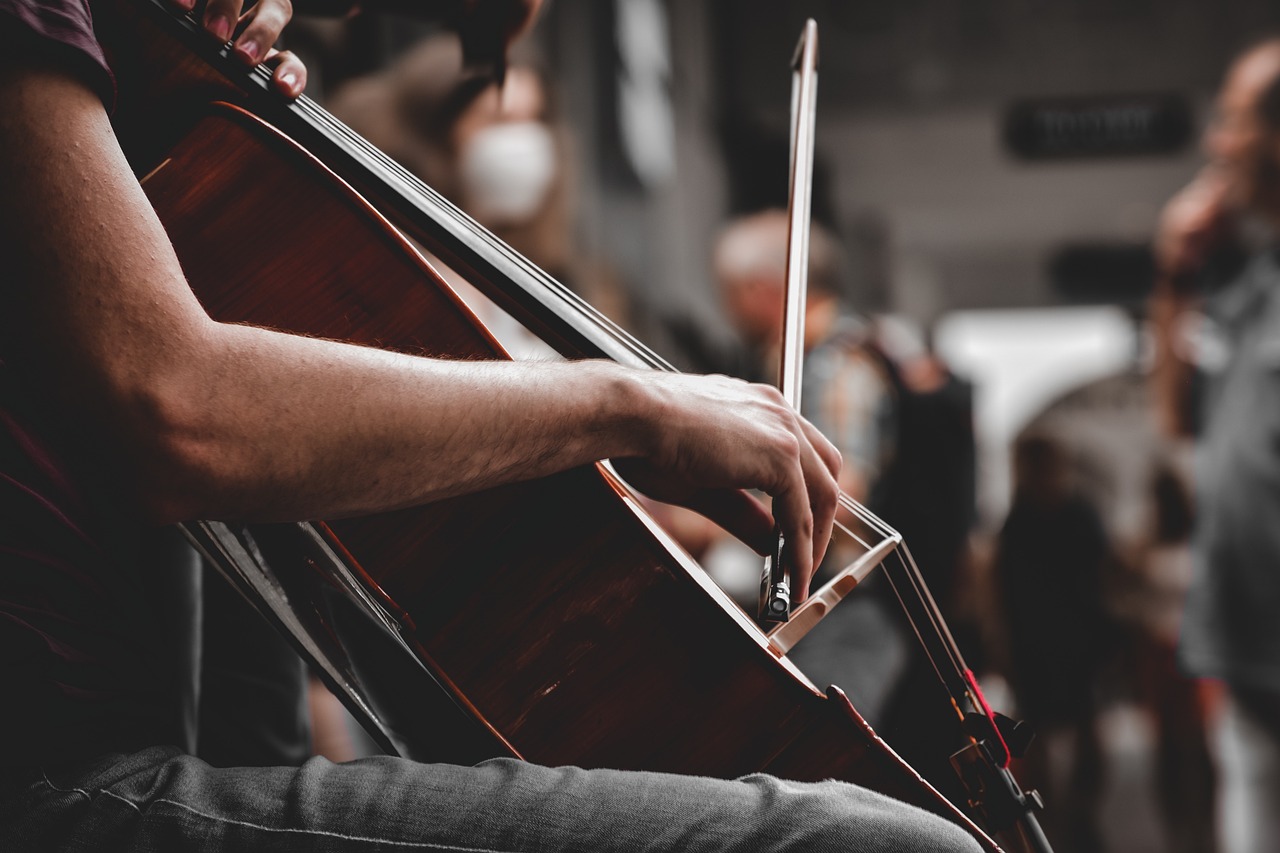Pop culture. Just the words conjure up images of viral dances, catchy tunes, and iconic characters. It’s the ever-evolving tapestry of trends, ideas, and attitudes that dominate our everyday lives, shaping our conversations, influencing our choices, and reflecting the spirit of the times. But what exactly is pop culture, and why is it so captivating? This post dives deep into the multifaceted world of pop culture, exploring its influence, key components, and enduring appeal.
Defining and Understanding Pop Culture
Pop culture, short for popular culture, encompasses the widely recognized and accepted beliefs, practices, and objects that are dominant or prevalent in a society at a given time. It’s often associated with entertainment, fashion, technology, and even language, constantly evolving and adapting to new influences. It is a reflection of our collective consciousness, a shared experience that connects us through common interests.
Key Elements of Pop Culture
Understanding pop culture requires recognizing its core components:
- Entertainment: Movies, music, television, video games, and streaming services form the backbone of pop culture entertainment. Think of the cultural impact of Stranger Things, the global phenomenon that is BTS, or the box-office dominance of Marvel films.
- Fashion: From haute couture to streetwear, fashion trends are readily adopted and disseminated through pop culture, influencing personal style and self-expression. Consider the impact of TikTok trends on clothing choices.
- Technology: The latest gadgets, social media platforms, and digital innovations contribute significantly to shaping pop culture trends. The influence of platforms like Instagram and TikTok on communication and consumption is undeniable.
- Language: Slang, memes, and catchphrases that originate from online communities or popular media quickly become integrated into everyday conversations. Think of phrases like “OK boomer” or “YOLO.”
- Values and Beliefs: Pop culture often reflects or challenges societal norms and values, shaping public discourse and influencing cultural shifts. Movies and shows often tackle social issues, prompting conversations and debates.
The Difference Between Pop Culture and High Culture
While pop culture is accessible to a broad audience, high culture is generally associated with intellectual or artistic endeavors appreciated by a more elite segment of society. High culture often includes classical music, fine art, and literature, while pop culture is more focused on mass appeal and immediate gratification. However, the lines can blur. For instance, a classical music piece used in a popular film can bring high culture to a wider audience.
The Influence of Pop Culture
Pop culture’s influence is pervasive, impacting various aspects of our lives, from consumer choices to social movements.
Shaping Consumer Behavior
Pop culture heavily influences consumer behavior by promoting trends and creating aspirational lifestyles. Celebrities endorsing products, viral marketing campaigns, and product placement in movies all contribute to driving consumer demand.
- Example: The impact of influencers on social media platforms showcasing products and driving sales.
- Actionable Takeaway: Be mindful of the influences shaping your purchasing decisions. Research products independently and avoid impulsive buys based solely on trends.
Impact on Social Trends and Movements
Pop culture often serves as a platform for addressing social issues and promoting movements. Songs, movies, and TV shows can raise awareness and inspire action, contributing to social change.
- Example: The impact of Beyoncé’s “Formation” music video and Super Bowl performance on Black Lives Matter.
- Statistics: Studies show that exposure to social issues through media can increase empathy and awareness.
- Actionable Takeaway: Engage with pop culture content critically and consider the social messages it conveys.
Influence on Language and Communication
Pop culture constantly introduces new words, phrases, and communication styles that become integrated into everyday language. Memes, acronyms, and slang often originate from online communities and quickly spread through social media, influencing how people communicate.
- Example: The use of internet slang like “LOL,” “BRB,” and “OMG” in casual conversations.
- Actionable Takeaway: Stay updated on evolving language trends to better understand and connect with different generations and cultures.
The Evolution of Pop Culture
Pop culture is not static; it’s a dynamic phenomenon that evolves with changing societal values, technological advancements, and global influences.
Key Historical Moments
Significant historical moments have shaped pop culture trends, reflecting the zeitgeist of each era.
- The Roaring Twenties: Jazz music, flapper culture, and Art Deco designs epitomized the era of post-World War I exuberance.
- The 1960s: The rise of rock and roll, counterculture movements, and the space race defined a period of social and technological upheaval.
- The 1980s: MTV, synth-pop music, and blockbuster movies dominated the pop culture landscape.
- The 1990s: Grunge music, the rise of the internet, and the “Friends” sitcom reflected a sense of irony and digital connectivity.
- The 2000s: Reality TV, social media platforms, and the explosion of digital music defined the era of interconnectedness.
The Role of Technology
Technology has been a driving force behind pop culture’s evolution, transforming how content is created, distributed, and consumed.
- The Internet: The internet democratized content creation, allowing individuals to share their work and gain widespread recognition.
- Social Media: Platforms like Facebook, Twitter, Instagram, and TikTok have become central hubs for pop culture trends, memes, and viral content.
- Streaming Services: Netflix, Hulu, and Spotify have disrupted traditional media models, offering on-demand access to a vast library of content.
Globalization and Cultural Exchange
Globalization has facilitated the exchange of cultural ideas and trends, creating a more interconnected and diverse pop culture landscape.
- K-Pop: The global phenomenon of K-pop has brought Korean music, fashion, and entertainment to audiences worldwide.
- Bollywood: Indian cinema has gained international recognition, showcasing diverse narratives and cultural traditions.
- Actionable Takeaway: Embrace the diversity of pop culture and explore different cultural expressions to broaden your understanding of the world.
Analyzing Pop Culture: Theories and Perspectives
Understanding pop culture involves analyzing its underlying themes, messages, and social contexts.
Semiotics and Pop Culture
Semiotics, the study of signs and symbols, can be used to analyze how pop culture artifacts convey meaning and influence audiences.
- Example: Analyzing the symbolism in a music video or the visual cues in a fashion advertisement.
- Actionable Takeaway: Pay attention to the symbols and signs used in pop culture content and consider their intended meanings.
Cultural Studies Approach
Cultural studies examines the broader social and political contexts of pop culture, exploring how it reflects and reinforces power structures.
- Example: Analyzing how a TV show portrays gender roles or how a movie addresses racial stereotypes.
- Actionable Takeaway: Engage with pop culture content critically and consider its potential impact on social attitudes and beliefs.
The Frankfurt School and Critical Theory
The Frankfurt School, a group of social theorists, critiqued the commercialization of pop culture, arguing that it serves to pacify the masses and reinforce capitalist ideologies.
- Example: Analyzing how advertising manipulates consumer desires and promotes materialism.
- Actionable Takeaway: Be aware of the potential for manipulation in pop culture content and question its underlying motivations.
Conclusion
Pop culture is a vibrant, dynamic force that shapes our world in countless ways. From entertainment and fashion to language and social movements, its influence is undeniable. By understanding its key components, historical evolution, and underlying theories, we can better navigate and engage with the ever-changing landscape of popular culture. Staying informed and critically analyzing the content we consume allows us to appreciate its value while remaining aware of its potential impacts. As pop culture continues to evolve, so too should our understanding and engagement with it.




